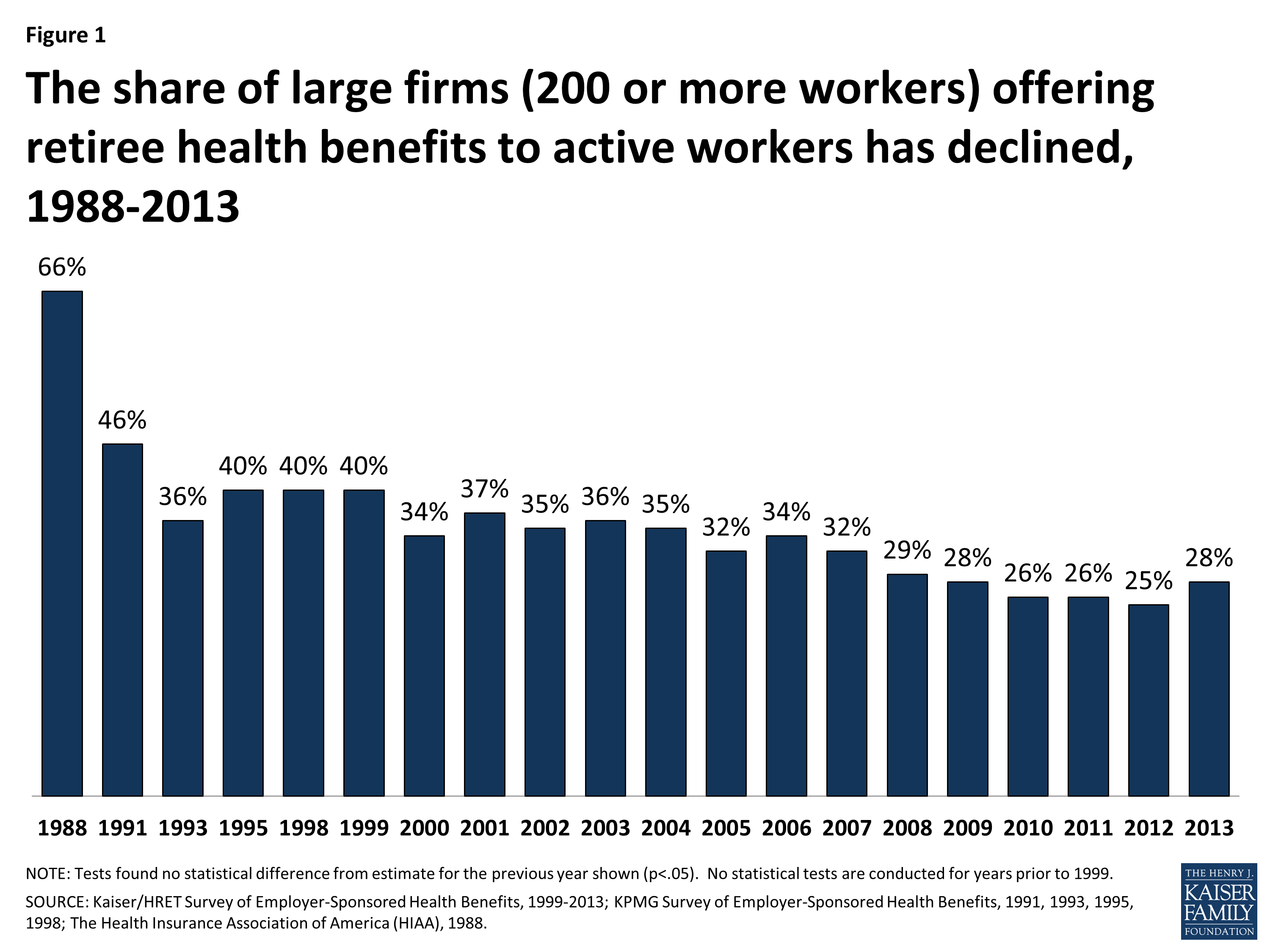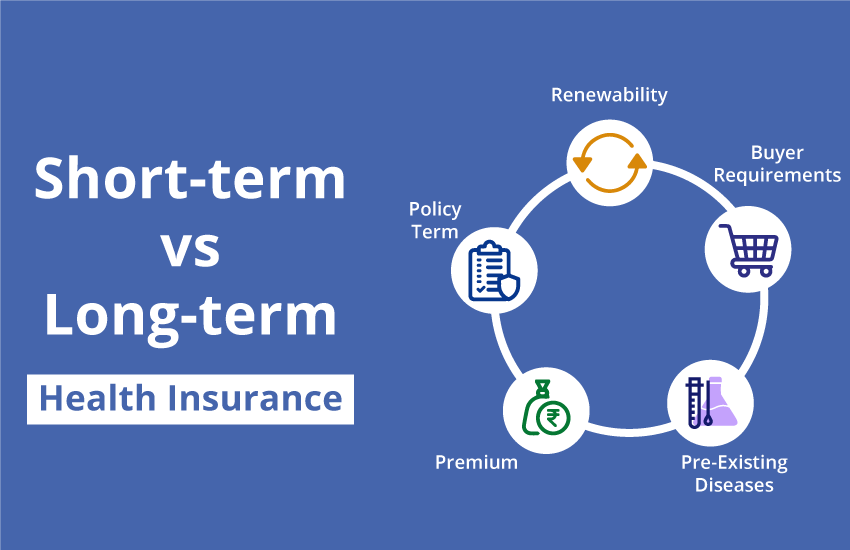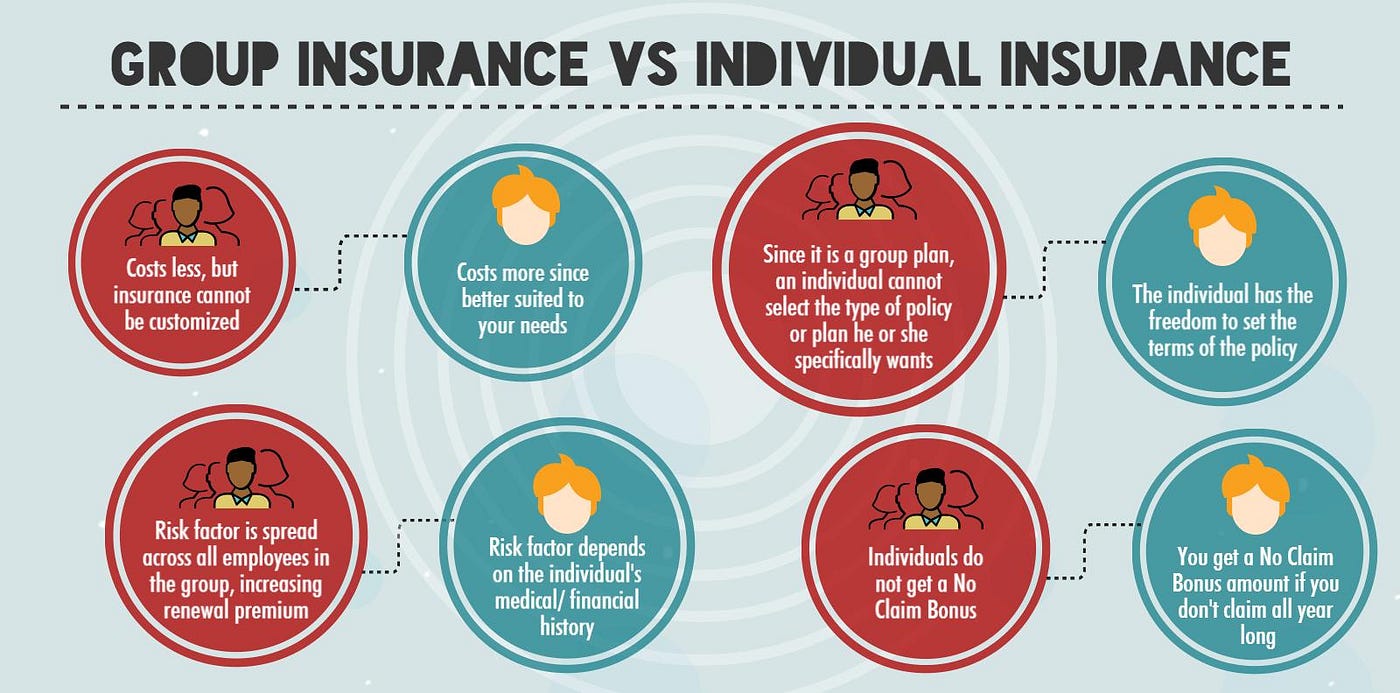What Does Medicare Advantage Agent Do?
Wiki Article
Rumored Buzz on Medicare Advantage Agent
Table of ContentsNot known Facts About Medicare Advantage AgentTop Guidelines Of Medicare Advantage AgentNot known Factual Statements About Medicare Advantage Agent

adheres to from puzzling the relatively young age account of the uninsured with the better health and wellness, usually, of younger persons. This covers the web link in between health and wellness status and medical insurance. For those without accessibility to office wellness insurance policy, bad wellness is a possible obstacle to purchasing nongroup coverage because such protection may be extremely valued, leave out pre-existing conditions, or be merely unavailable. The variety of without insurance Americans is not particularly large and has not transformed in recent times. 7 out of ten respondents in a country wide representative survey thought that fewer Americans lacked medical insurance than really do(Fronstin, 1998). Approximately fifty percent(47 percent )thought that the variety of individuals without medical insurance reduced or stayed continuous over the latter fifty percent of the last decade(Blendon et al., 1999). This drop of virtually 2 million in the variety of individuals 'without insurance coverage (a reduction
of around 4 percent)is certainly a positive adjustment. With a softer economic situation in 2000 the most up to date reported gains in insurance coverage might not continue(Fronstin, 2001 ). The decrease in the number of without insurance will not continue if the economic situation remains slow-moving and healthcare prices remain to outpace rising cost of living. This is because the data were collected for a period of solid financial efficiency. Of the approximated 42 million individuals that were uninsured, just about concerning 420,000(concerning 1 percent)were under 65 years old, the age at which most Americans become eligible for Medicare; 32 million were adults in between ages 18 and 65, around 19 percent of all adults in this age; and 10 million were children under 18 years old, regarding 13.9 percent of all children (Mills, 2000). These quotes of the variety of persons uninsured are generated from the annual March Supplement to the Present Populace Survey (CPS), carried out by the Census Bureau. Unless otherwise noted, national quotes of people without wellness insurance and proportions of the populace with various sort of insurance coverage are based upon the CPS, the most commonly used resource of estimates of insurance policy coverage and uninsurance rates. These studies and the price quotes they generate are described briefly in Table B. 1 in Appendix B - Medicare Advantage Agent. These studies vary in dimension and sampling approaches, the inquiries that are asked regarding insurance
The Of Medicare Advantage Agent
coverage, and the moment period over which insurance policy coverage or uninsurance is measured(Lewis et al., 1998, Fronstin, 2000a ). Still, the CPS is specifically helpful due to the fact that it generates annual price quotes reasonably promptly, reporting the previous year's insurance policy protection estimates each September, and due to the fact that it is the basis for a consistent set of estimates for even more than 20 years, permitting analysis of patterns in protection gradually.
Some Of Medicare Advantage Agent
Over a three-year period starting early in 1993, 72 million people, 29 percent of the U.S. populace, were without coverage for at the very least one month. Within a single year(1994), 53 million individuals experienced at the very least a month without coverage(Bennefield, 1998a). 6 out of every ten uninsured grownups are themselves used. Although functioning does enhance the probability that one and one's member of the family will have insurance policy, it is not an assurance. Also participants of families with two permanent breadwinner have almost a one-in-ten chance of being without insurance (9.1 percent uninsured price)(Hoffman and Pohl, 2000 ). The relationship between wellness insurance coverage and accessibility to care is well established, as recorded later on in this chapter. Although the go to my blog partnership in between health insurance and health and wellness outcomes is neither direct nor straightforward, a considerable medical and wellness services research study literary works links medical insurance coverage to improved access to care, far better quality, and enhanced personal and population wellness condition. The second record, on individual health outcomes for uninsured grownups, is stood for by the innermost circle of the number, while the 3rd record, on family members wellness, encompasses the subjects of the 2nd record yet highlights a various device of evaluation, namely, the family. The 6th report in the series will present info concerning approaches and campaigns carried out locally, statewide, or nationally to resolve the absence of insurance policy and its damaging influences. Degrees of analysis for checking out the effects of uninsurance. This conversation of health insurance coverage focuses primarily on the U.S. populace under age 65 since essentially all Americans 65 and older have Medicare or various other public insurance coverage.
It focuses specifically on those without any type of health websites insurance policy for any type of length of time. The issues faced by the underinsured are in some aspects comparable to those encountered by the uninsured, although they are typically less severe. Uninsurance and underinsurance, nevertheless, include clearly various plan issues, and the methods for addressing them may vary. Throughout this study and the five records to follow, the major focus is on persons with no medical insurance and therefore no assistance in paying for health and wellness treatment past what is offered through charity and safeguard institutions. Medical insurance is an effective element affecting receipt of care since both people and physicians react to the out-of-pocket price of services. Medical insurance, nonetheless, is neither required neither sufficient to get to clinical solutions. Nevertheless, the independent and direct result of health insurance policy coverage on accessibility to health and wellness services is well established. Others will certainly acquire the wellness treatment they require even without medical insurance, by spending for it expense or seeking it from providers who use treatment cost-free or at extremely subsidized rates. For still others, medical insurance alone does not make certain invoice of care due to various other nonfinancial obstacles, such as a lack of healthcare carriers in their area, minimal accessibility to transportation, illiteracy, or etymological and cultural distinctions. Formal research study concerning without insurance populations in the United States dates to the late 1920s and early 1930s when the Board on the Expense of Treatment produced a collection of records regarding funding physician workplace brows through and hospitalizations. This issue ended up being salient as the numbers of clinically indigent climbed during the Great Depression. Empirical studies constantly support the link between accessibility to care and enhanced wellness end results(Bindman et al., 1995; Starfield, 1995 ). Having a normal source of Discover More Here treatment can be taken into consideration a predictor of access, as opposed to a straight action of it, when health results are themselves used as accessibility indicators. This extension of the concept of accessibility measurement was made by the IOM Board on Keeping An Eye On Gain Access To to Personal Healthcare Solutions(Millman, 1993, p. Whether moms and dads are guaranteed shows up to impact whether or not their children receive treatment as well as just how much careeven if the youngsters themselves have coverage(Hanson, 1998). The health of moms and dads can influence their ability to care for their children and the degree of family members anxiety. Fretting about their youngsters's access to care is itself a source of stress and anxiety for moms and dads. 3 chapters comply with in this record. Phase 2 offers an introduction of just how employment-based medical insurance, public programs and private insurance coverage run and connect to offer substantial but insufficient protection of the united state population. This consists of a testimonial of historic trends and public laws affecting both public and exclusive insurance policy, a discussion of the interactions amongst the different sorts of insurance coverage, and an examination of why individuals relocate from one program to one more or end up

Report this wiki page